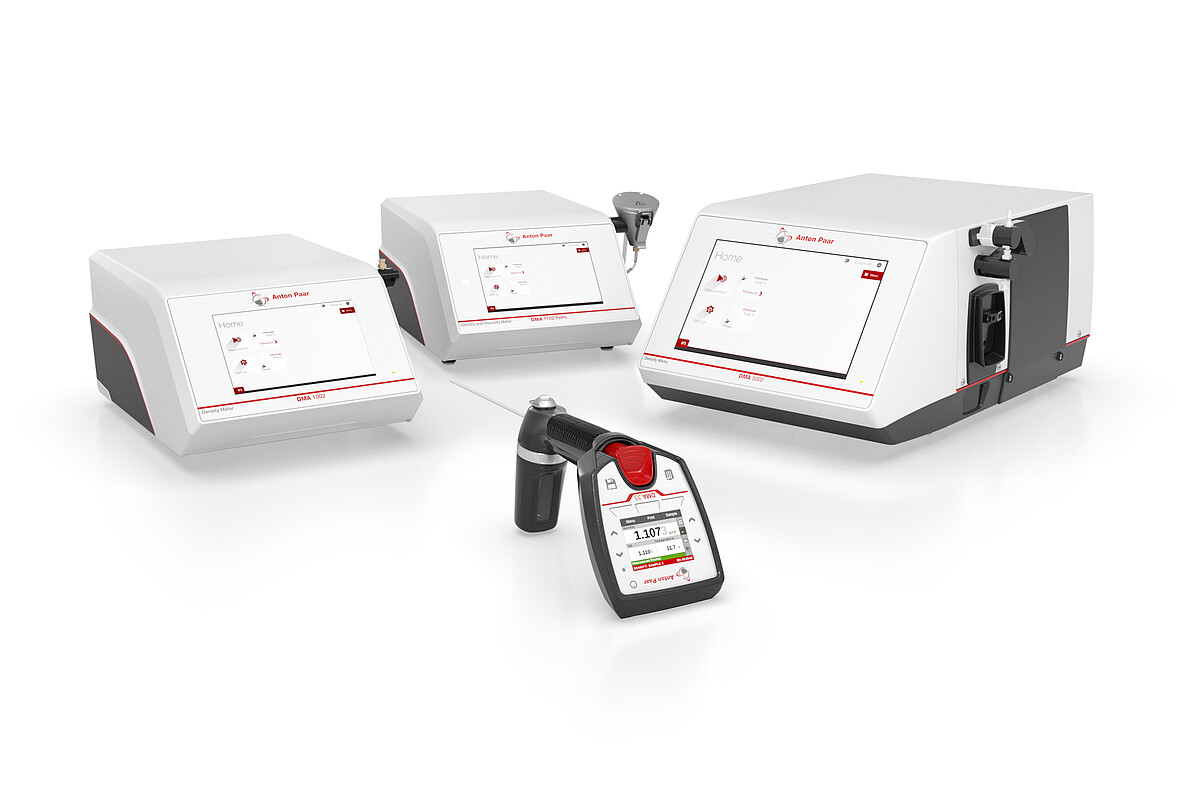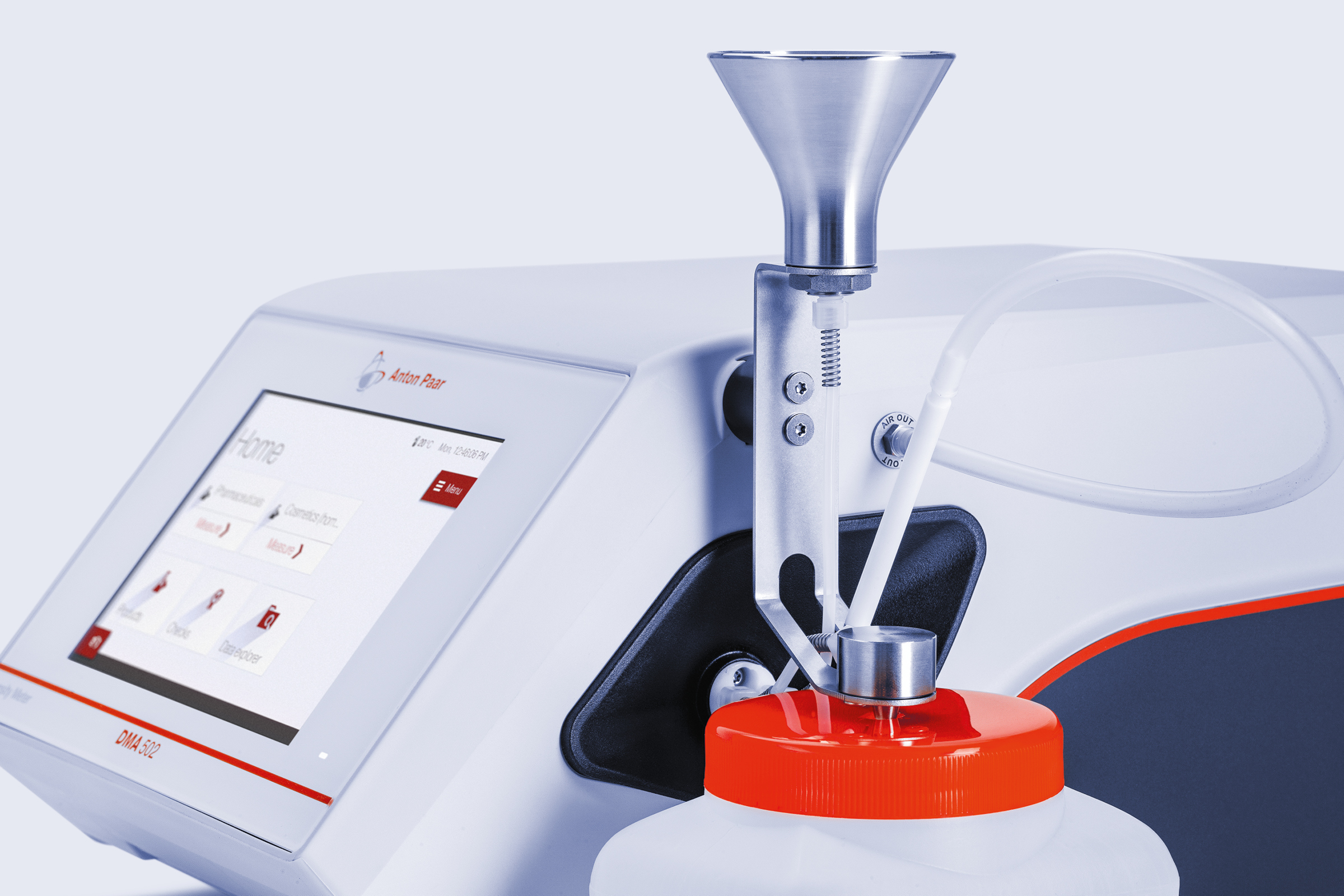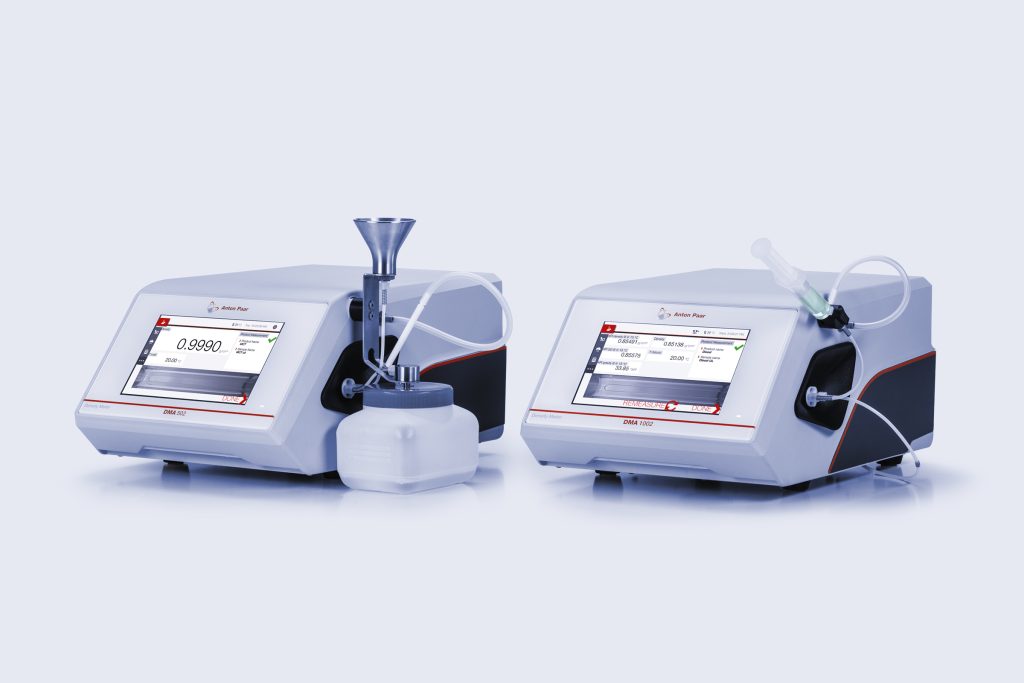Are you curious about how to find the density of an object quickly and accurately? Whether you’re working on a science project, handling materials, or just exploring how things work, knowing the right tool to measure density is key.
This simple but powerful tool can unlock answers about weight, volume, and how substances behave. Keep reading, and you’ll discover exactly what tool you need, how it works, and why it matters for your everyday tasks. Don’t miss out on learning this handy trick that can make your measurements easier and more precise!
Common Density Measurement Tools
Density is the amount of mass in a given volume. Many tools can measure density accurately. These tools help in science, industry, and education.
Understanding which tool to use depends on the material and the accuracy needed. Let’s look at some common tools used to find density.
Hydrometers
A hydrometer measures the density of liquids. It floats in the liquid, and the level it sinks shows the density.
Hydrometers are simple and easy to use. They are common in testing liquids like water, juice, or battery acid.
- Measures relative density
- Works best with liquids
- Easy to read scale on the stem
Pycnometers
A pycnometer is a small glass container with a tight lid. It measures the volume of a liquid or powder precisely.
By weighing the pycnometer full and empty, you can calculate the density. This tool gives very accurate results.
- Used for liquids and powders
- Requires precise weighing scales
- Good for lab measurements
Density Meters
Density meters use technology to measure density quickly. They often use vibrations or oscillations to find density.
These meters are digital and provide fast, accurate readings. They are common in industries needing quick checks.
- Digital and easy to use
- Measures liquids and solids
- Provides fast results
How Hydrometers Work
Hydrometers are simple tools used to measure the density of liquids. They float in the liquid, and the level they sink to shows how dense the liquid is.
The basic idea is that a hydrometer sinks more in liquids with lower density and less in liquids with higher density.
Design And Usage
A hydrometer is a glass tube with a weighted bulb at the bottom. The tube is marked with a scale to read density or specific gravity.
- The weighted bulb makes the hydrometer float upright.
- The scale shows how deep the device sinks into the liquid.
- The user reads the value at the liquid surface level on the scale.
- Different hydrometers measure different ranges and types of liquids.
Applications In Liquids
| Liquid Type | Use of Hydrometer |
| Water | Check purity and salinity |
| Alcoholic Beverages | Measure alcohol content |
| Battery Acid | Test charge level |
| Milk | Assess quality and cream content |
Pycnometer Features And Benefits
A pycnometer is a tool used to find density. It is useful for both solids and liquids. This tool is essential in scientific labs.
Using a pycnometer helps achieve accurate and precise density measurements. It is a simple yet effective instrument.
Measuring Solid And Liquid Density
The pycnometer can measure the density of various materials. It works for both solid and liquid substances.
- Solid density measurement involves filling the pycnometer with the solid and then with water.
- Liquid density is measured by filling the pycnometer with the liquid.
- Comparing weights helps find the density value.
Accuracy And Precision
Pycnometers provide high accuracy in density readings. They are designed to minimize errors in measurement.
| Feature | Benefit |
| Calibrated design | Ensures accurate measurements |
| Simple to use | Reduces user errors |
| Compact size | Easy to handle and store |

Credit: www.anton-paar.com
Types Of Density Meters
Density meters are tools used to measure the density of a substance. They are vital in industries like food, chemicals, and pharmaceuticals.
Different types of density meters offer various features. Let’s explore two popular types.
Digital Density Meters
Digital density meters provide quick and precise readings. They are user-friendly and require minimal training to operate.
- Portable and easy to transport
- High accuracy with digital displays
- Used in quality control processes
Oscillating U-tube Meters
Oscillating U-tube meters are highly accurate. They are ideal for laboratory and industrial settings.
| Feature | Description |
| Accuracy | Very high precision |
| Usage | Suitable for various liquids |
| Environment | Best in controlled settings |
Selecting The Right Tool
Finding the density of a material needs the correct tool. Using the right tool makes measuring easier and more accurate.
Many tools can measure density. Choosing the best one depends on what you need and where you work.
Material Type Considerations
Different materials need different tools to find density. Some tools work well for solids, others for liquids or gases.
For solids, tools like a balance and volume measurement work well. For liquids, hydrometers or digital density meters are common. Gases may need special gas pycnometers.
- Solids: use scales and volume tools
- Liquids: use hydrometers or digital meters
- Gases: use gas pycnometers
Measurement Environment
The place where you measure affects tool choice. Some tools work better in labs. Others are good for field use.
Humidity, temperature, and space can change results. Choose a tool that fits your environment and can handle these factors.
- Laboratory: precise tools like digital density meters
- Field work: portable and durable tools
- Control temperature and humidity when possible
Budget And Accuracy Needs
Your budget limits the tools you can buy. More accurate tools often cost more money.
Decide how exact your measurement must be. For rough checks, simple tools work. For detailed work, invest in better tools.
- Low budget: simple scales and volume methods
- Medium budget: hydrometers and portable meters
- High budget: digital and automated density meters
- Match tool accuracy with your needs

Credit: owlcation.com
Advanced Instruments For Density Analysis
Density is an important property in many industries. It shows how much mass is in a certain volume. Scientists and engineers use special tools to find density accurately.
Advanced instruments make density measurement faster and more precise. These tools use different technologies to analyze materials without damaging them.
X-ray Density Analyzers
X-ray density analyzers use X-rays to measure density inside materials. The X-rays pass through the object and show how dense it is.
This tool works well for solids and liquids. It helps find density in layers or mixed materials. It is useful in quality control and research.
- Non-destructive testing
- Measures internal density
- Works on many materials
- Provides quick results
Ultrasonic Density Sensors
Ultrasonic density sensors use sound waves to find density. They send ultrasonic pulses through a material and measure how fast sound moves.
The speed of sound changes with density. These sensors are good for liquids and gases. They work without touching the sample directly.
- Uses sound waves
- Measures speed of sound
- Good for liquids and gases
- Non-contact measurement
Common Errors In Density Measurement
Measuring density accurately is important in many fields. Even small mistakes can cause big errors in results. Understanding common errors helps improve measurement quality.
Two main sources of errors are temperature effects and calibration mistakes. These can affect the tool used to find density and the final readings.
Temperature Effects
Temperature changes can cause materials to expand or contract. This affects both the volume and mass, which changes density values. Tools like hydrometers and digital densitometers are sensitive to temperature.
- Liquid expands when heated, lowering density.
- Cold temperatures can cause liquids to contract, raising density.
- Temperature differences between the sample and instrument lead to errors.
- Not using temperature correction tables can cause wrong results.
Calibration Mistakes
Calibration ensures tools give accurate readings. Mistakes here cause systematic errors in density measurement. Regular calibration is needed for devices like pycnometers and oscillation density meters.
| Common Calibration Mistakes | Effect on Density Measurement |
| Using incorrect calibration standards | Results in inaccurate baseline readings |
| Ignoring instrument drift over time | Leads to consistent measurement errors |
| Improper cleaning before calibration | Causes contamination and wrong values |
| Skipping calibration checks | Reduces confidence in measurement accuracy |
Practical Tips For Accurate Density Testing
Density testing helps find how compact a material is. Using the right tool and method is key to good results. Many tools measure density, but accuracy depends on how you test.
This guide shares useful tips for accurate density testing. It covers sample preparation and how to keep measurements consistent.
Sample Preparation
Proper sample preparation is important for precise density measurement. Make sure the sample matches the testing tool’s needs.
- Clean the sample to remove dirt or moisture.
- Cut or shape the sample to fit the tool size.
- Dry the sample if the tool requires a dry material.
- Remove air bubbles in liquids or powders before testing.
- Label samples to avoid mix-ups during testing.
Consistent Measurement Techniques
Use the same method every time to get reliable density results. Small changes can affect the outcome.
| Technique | Tip for Consistency |
| Weighing | Use a calibrated scale for exact weight. |
| Volume Measurement | Measure liquid level at eye height to avoid parallax error. |
| Temperature Control | Test at a constant temperature to prevent density changes. |
| Tool Handling | Handle tools gently to avoid affecting readings. |
| Repeat Tests | Take multiple readings and average results. |

Credit: www.anton-paar.com
Frequently Asked Questions
What Tool Is Commonly Used To Measure Density?
A hydrometer is commonly used to measure the density of liquids. It floats in the liquid, and the level it sinks indicates the density. This tool is simple, accurate, and widely used in labs and industries.
How Does A Hydrometer Find Density?
A hydrometer measures density by floating in a liquid. The depth it sinks depends on the liquid’s density. Higher density liquids float the hydrometer higher, allowing easy density readings based on calibrated scales.
Can Digital Tools Measure Density Accurately?
Yes, digital density meters provide precise density measurements. They use oscillation or vibration methods to determine density quickly. These tools are ideal for detailed lab work and industrial applications requiring high accuracy.
Is A Density Bottle Used To Find Density?
Yes, a density bottle, or pycnometer, measures liquid density. It holds a known volume, and weighing it with liquid gives density by dividing mass by volume. It is simple and effective for lab measurements.
Conclusion
Density is found using simple tools like a balance and a graduated cylinder. These tools help measure mass and volume accurately. Dividing mass by volume gives the density value. This method works for solids and liquids alike. Knowing which tool to use makes measuring easier and faster.
Anyone can learn to find density with a little practice. It’s a useful skill in science and everyday life. Using the right tool ensures precise and reliable results every time.


